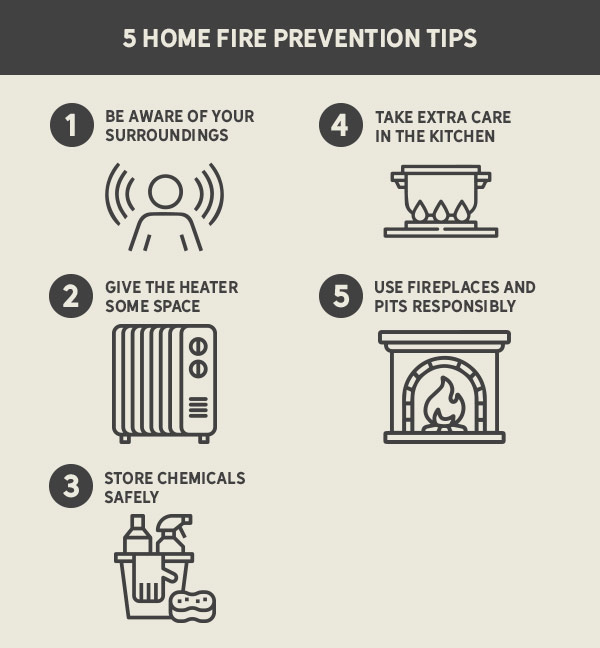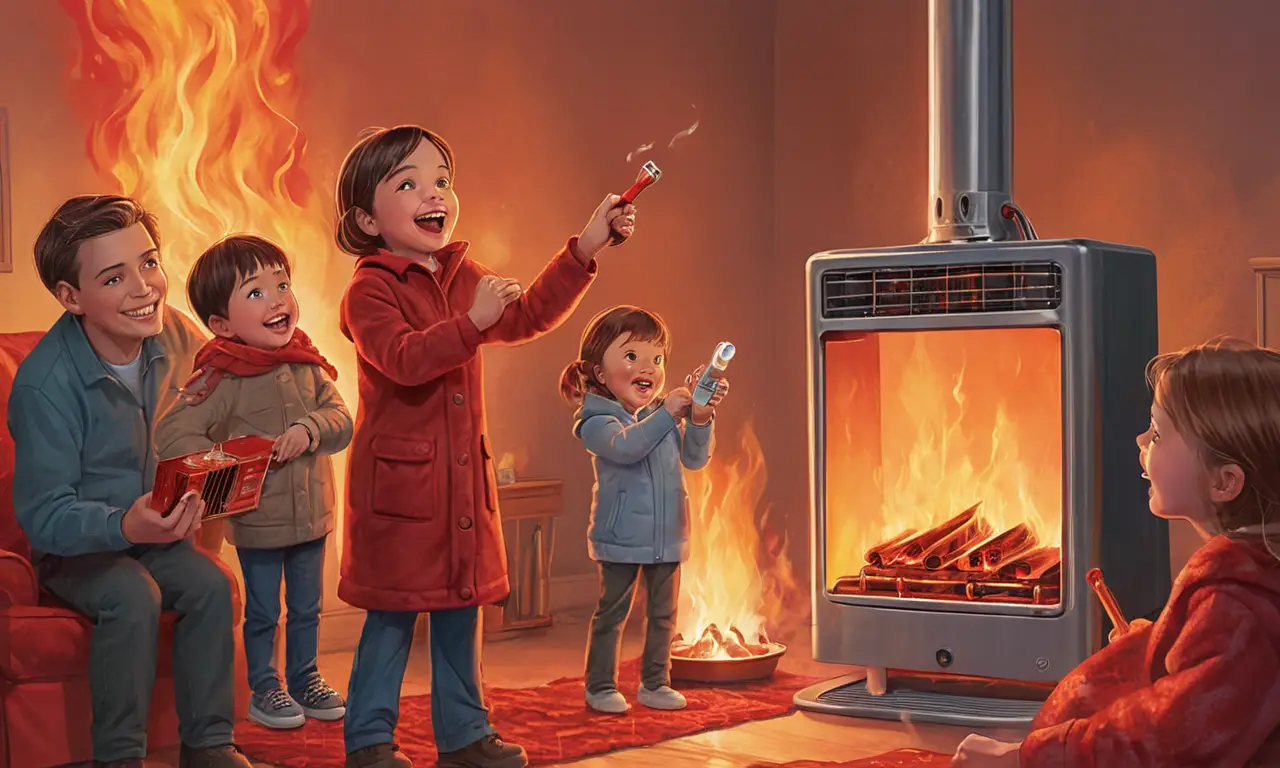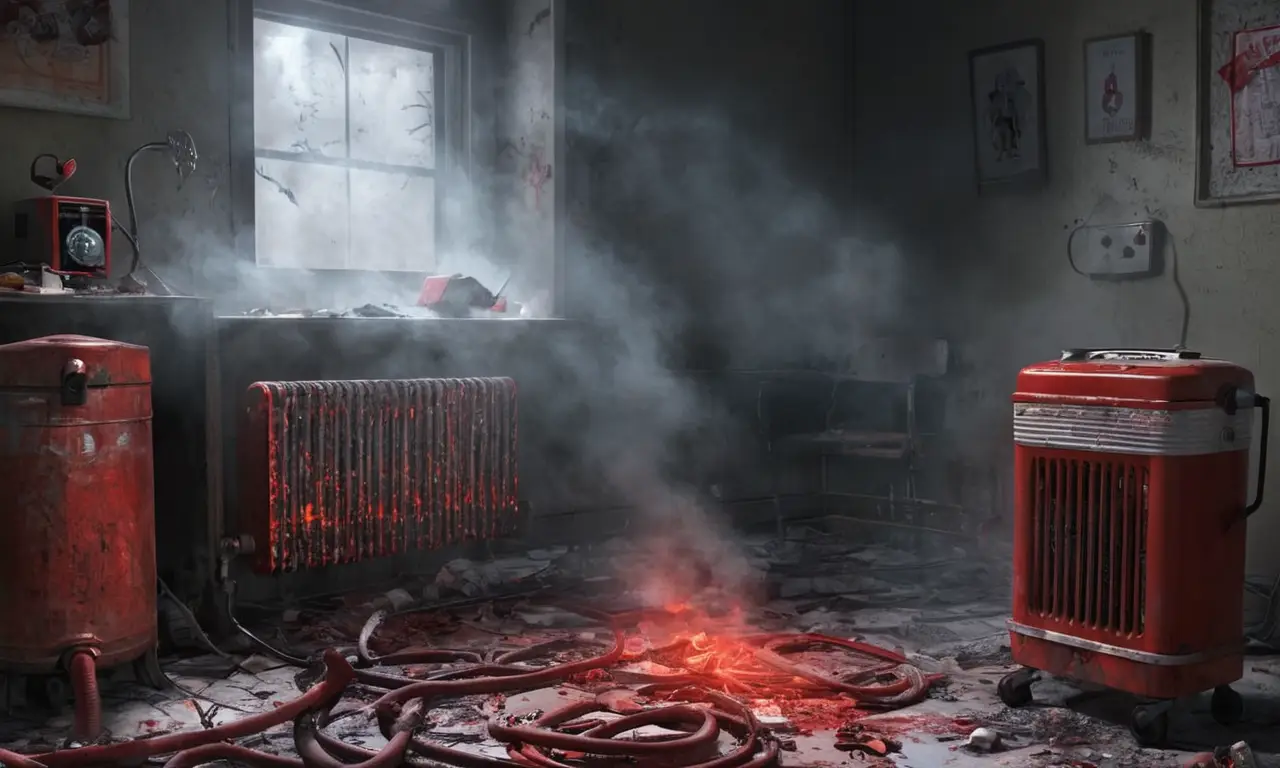
Oil-filled radiators have become a popular choice for home heating due to their efficient heat distribution and ability to maintain a consistent temperature. They offer a cozy and comfortable warmth, making them ideal for chilly evenings. However, like any electrical appliance, oil-filled radiators require careful handling and attention to ensure safe operation.
This article will delve into the crucial aspects of oil-filled radiator safety, providing you with essential tips and guidelines to prevent potential fire hazards. We’ll explore the inherent risks associated with these heaters, discuss best practices for preventing overheating, and emphasize the importance of proper ventilation and distance from flammable materials. By following these recommendations, you can enjoy the warmth and comfort of your oil-filled radiator while minimizing the risk of accidents.
Oil-Filled Radiator Safety
Safety should always be the top priority when using any heating appliance, including oil-filled radiators. These heaters operate by circulating hot oil through a series of fins, which radiate heat into the surrounding environment. While generally safe, certain factors can increase the risk of fire if not addressed properly.
It’s crucial to familiarize yourself with the manufacturer’s instructions and safety guidelines provided with your specific model. Pay close attention to warnings regarding operating temperatures, recommended distances from flammable materials, and proper ventilation requirements. Adhering to these guidelines is essential for safe and efficient operation.
Preventing Fires with Oil Heaters

Preventing fires associated with oil-filled radiators involves a multi-faceted approach that encompasses responsible usage practices, regular maintenance, and awareness of potential hazards.
Firstly, always ensure your heater is placed on a stable, level surface away from curtains, drapes, furniture, or any other flammable materials. Avoid placing the heater near combustible objects like paper, clothing, or bedding. Secondly, regularly inspect the heater for any signs of damage, such as cracks in the casing, frayed cords, or loose connections. If you notice any issues, immediately discontinue use and contact a qualified electrician for repair.
Overheating Risks
Overheating is a significant concern with oil-filled radiators, as prolonged exposure to high temperatures can lead to fire hazards.
Oil-filled heaters are designed with safety features like thermal cut-offs that automatically shut off the heater if it overheats. However, these mechanisms are not foolproof and should not be relied upon solely for preventing overheating. To minimize this risk, avoid leaving the heater unattended for extended periods, especially when operating at high settings. Regularly check the temperature of the heater and adjust the thermostat accordingly to prevent excessive heat buildup.
Unattended Heating Dangers

Leaving are oil filled heaters safe to leave unattended on while you are away from home or asleep poses a serious fire risk. Even with safety features in place, unattended heating can lead to overheating and potential ignition of nearby flammable materials.
It is crucial to develop the habit of switching off your oil-filled heater before leaving the room or going to sleep. This simple precaution significantly reduces the risk of accidents and ensures peace of mind. Remember, it’s always better to err on the side of caution when it comes to fire safety.
Ventilation and Flammables
Proper ventilation is essential for safe operation of oil-filled radiators. Adequate airflow prevents the buildup of hot air and moisture, reducing the risk of overheating and condensation issues.
Ensure that the room where you are using the heater has sufficient ventilation by opening windows or doors slightly to allow fresh air circulation. Avoid blocking vents or air intakes on the heater itself, as this can impede airflow and increase the risk of overheating. Additionally, keep flammable materials at a safe distance from the heater, following the manufacturer’s recommendations for clearance distances.
Conclusion
Oil-filled radiators offer an efficient and comfortable heating solution when used responsibly. By adhering to safety guidelines, practicing preventative measures, and being mindful of potential hazards, you can enjoy the warmth and comfort of your oil-filled radiator while minimizing the risk of fire accidents. Remember, prioritizing safety is paramount when using any electrical appliance, and taking proactive steps can help ensure a safe and enjoyable heating experience.
